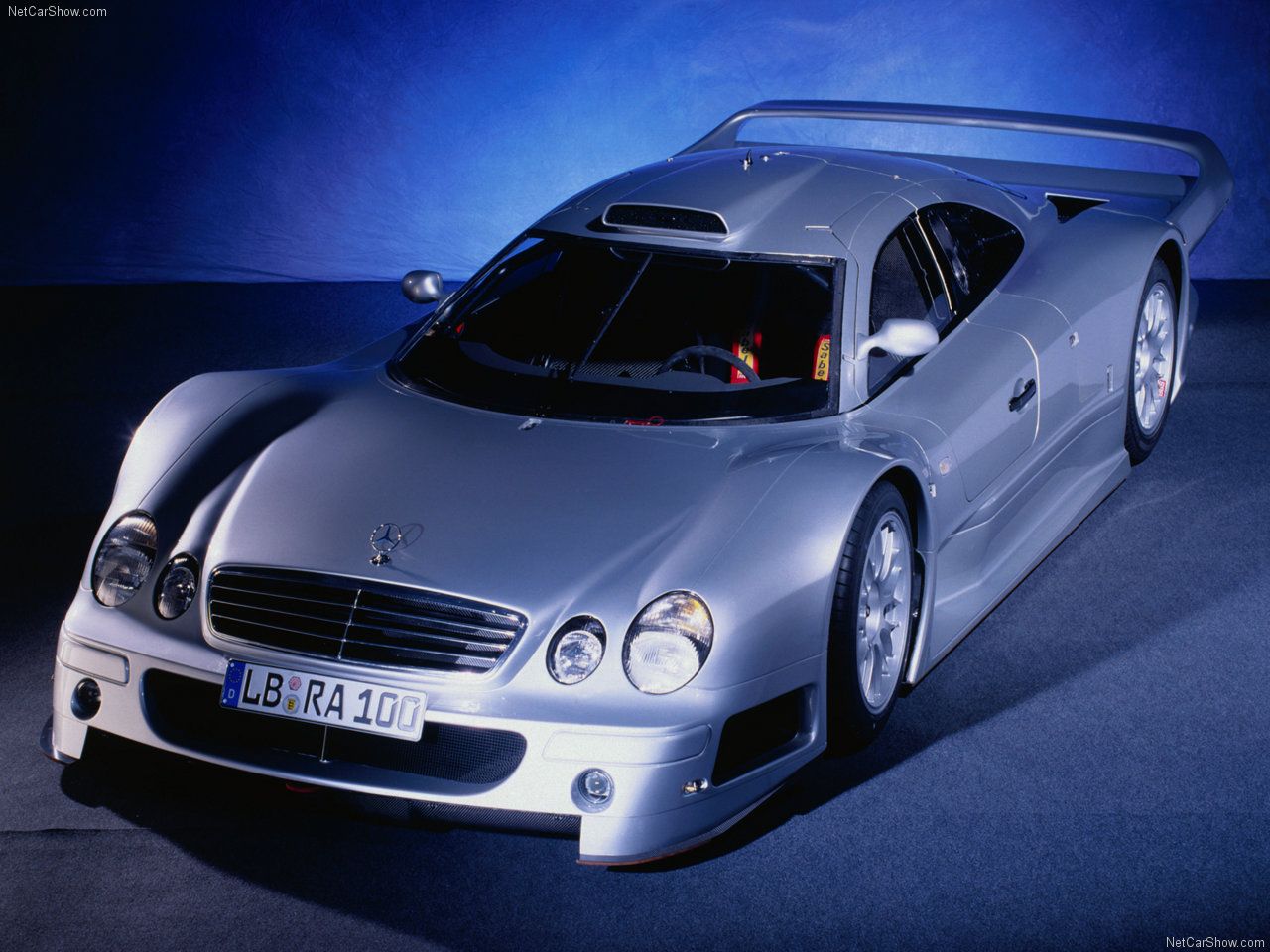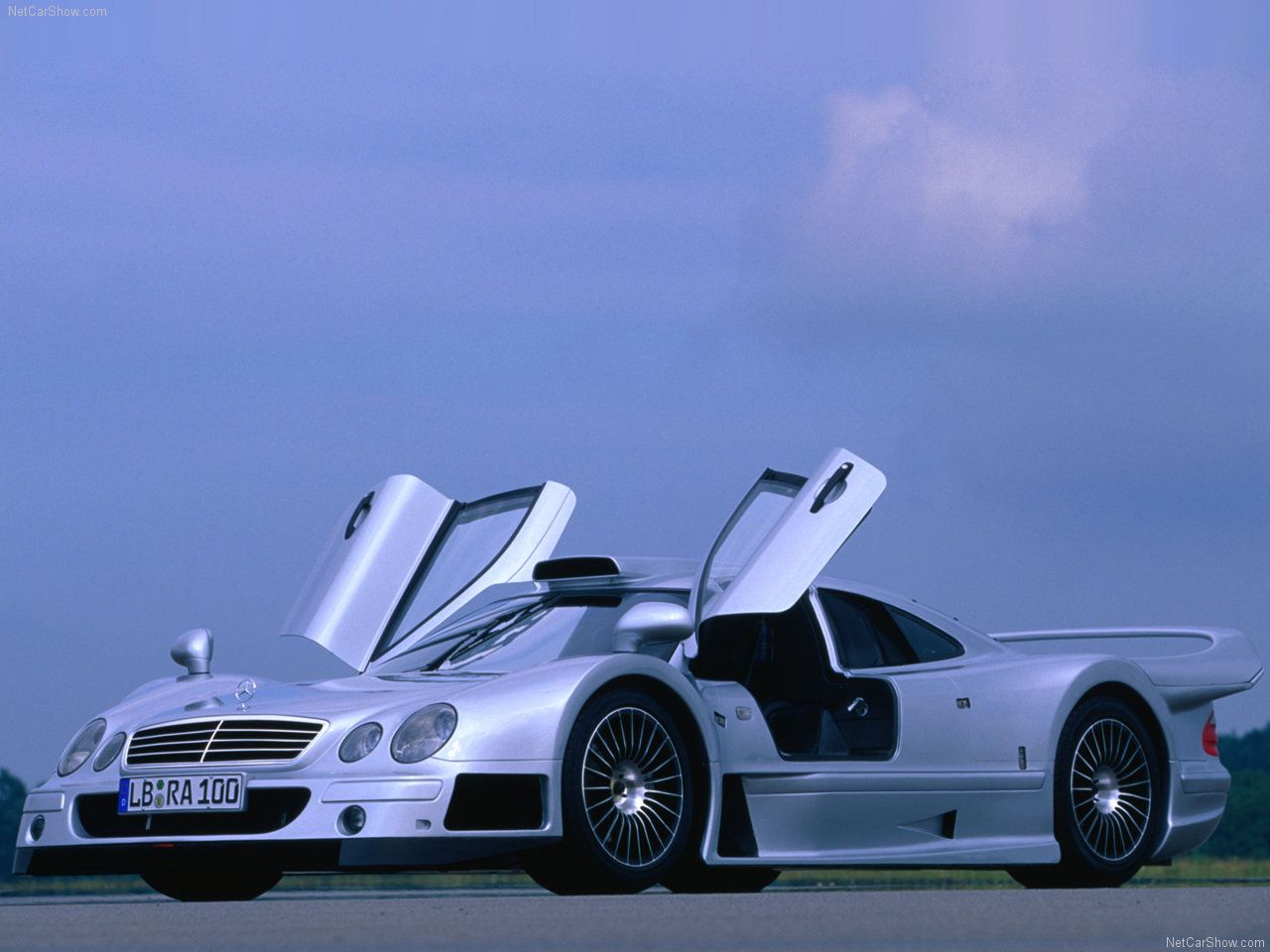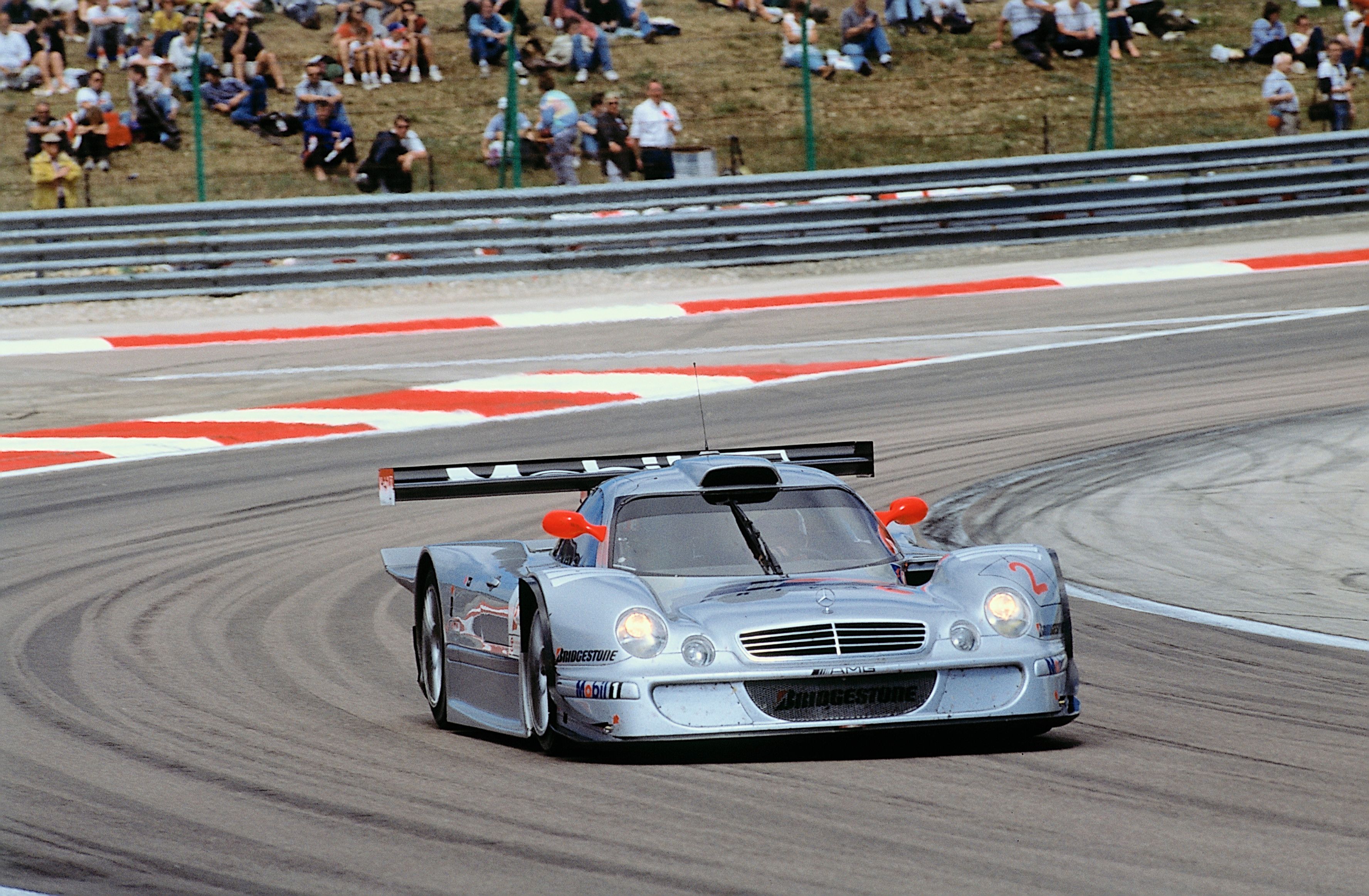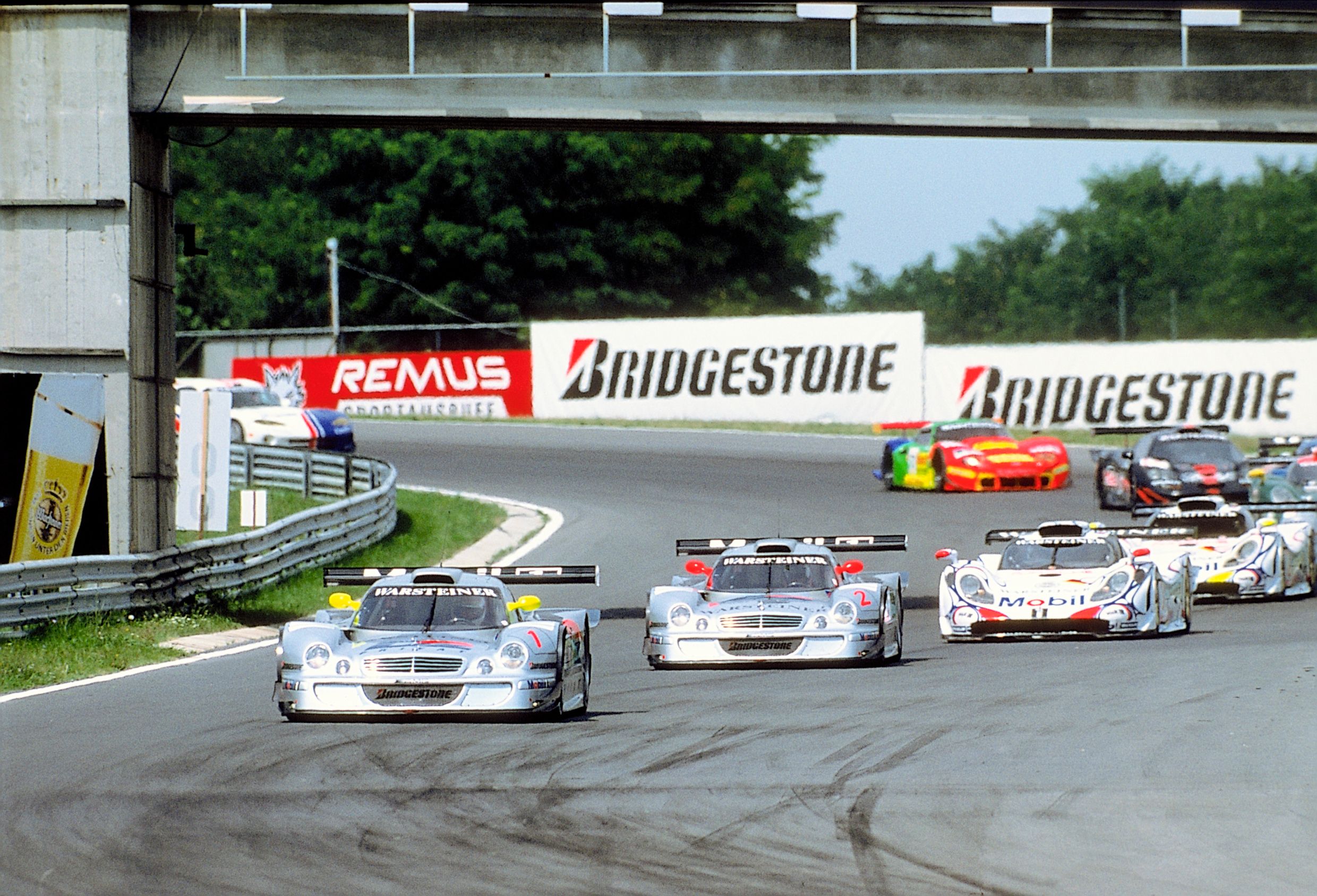
Despite constantly pushing boundaries and creating dozens of fast and revolutionary models since its inception, one of the world’s oldest and most prestigious automakers, Mercedes Benz had long been reluctant to build a proper supercar. However, it all changed in 1997 with the Mercedes-Benz CLK GTR.
Created out of pure necessity rather than passion or prestige, the car we are looking at today meant that Mercedes-Benz could announce the marque’s glorious return to top-tier sports car racing. The CLK GTR was everything a supercar should be: provocative, blisteringly fast, and exclusive, but the thing that set it all apart was its simplistic and utilitarian composition.
As we go through some of the best features the CLK GTR had to give, we’re quite glad to label it as the most radical Mercedes-Benz in recent history.
Mercedes-Benz CLK GTR: power train

In road trim, the V12 produces at its peak 612 HP at 6800 rpm and 568 FT-LB of torque at 5250. The car is quite heavy though, mostly due to its lavish appointments like air conditioning, twin airbags, elaborate radio and CD, full leather trim, and extensive soundproofing. But still, its power/weight ratio is still enough to put down acceleration times of 3.8 seconds to 62MPH and 9.9 seconds to 124. Maximum speed is 200 mph, which has been limited, as priority was given to downforce for stability instead of low drag .
The car’s crash gearbox is shifted by steering wheel-mounted paddles, operative only when the clutch pedal is fully depressed. Correct synchronization of clutch and paddle is essential for reliable shifting and is rather difficult. The clutch itself is typical of a racing car’s; very much of the in or out variety. At the time this kind of tech was groundbreaking for road use, the CLK GTR was itself a huge step forward for Mercedes’ road-going division too.
Mercedes-Benz CLK GTR: design

Using computer-aided design and clay modeling, AMG took just 128 days to take the Mercedes-Benz CLK-GTR from concept to track-ready supercar. Mercedes-Benz and AMG may have done some sneaky stuff in the construction of their racecar by seriously studying their main competitor of the time. Reports surfaced that Mercedes-Benz secretly reverse-engineered a McLaren F1 in the creation of their V12 monster. A picture of a modified test mule confirmed this to be the case.
As a purebred racecar from the very get-go, featuring the huge mid-mounted V-12, the CLK-GTR was exclusively shaped with carbon fiber bodywork, which seems fairly normal today but was very rare and exotic in the 1990s. The butterfly-style doors not only looked cool on the vehicle, but also allowed easier driver changes during the course of an FIA GT Championship event. The headlamps and the front grill were the only components carried over from the conventional Mercedes-Benz CLK when Mercedes put together this insane GT1 racecar.
Mercedes-Benz CLK GTR: Driving Feel

Most people not familiar with cars of this elk would immediately judge the CLK-GTR to be very noisy. Expect mechanical noises from the engine’s intake and its racy exhaust, mixed with the clunks from its straight-cut gears. But, by racing standards, the CLK-GTR is quite a subtle car when compared to the Porsche GT1 strassenversion which was the most clear-cut rival at the time. Though in the road car you’ll be in a comfortable, soundproofed, alcantara cabin a luxury Mercedes couldn’t bear to part with.
The handling is surprisingly sharp and heavy, and the GTR is very confident and inspiring in spite of its extreme power. Reviews in the period said that on the exit from a 35-mph corner in 6th gear, the car pulled not only smoothly, but quite vigorously as well, from around 1300 revs per minute. We would expect this to be anywhere near some stupidly fast stuff out today, but the CLK GTR is all about the racing feel.
Mercedes-Benz CLK GTR: Racing Pedigree

After the original DTM Series stopped in 1996, Mercedes devoted their resources to building a race car to compete in the FIA GT Championship. Aiming for the 1997 championship starting in mid-April, Mercedes-Benz swung into action in a rather swift development for what would be the CLK-GTR.
Aiming for the GT1 category, AMG-Mercedes entered the CLK-GTR in 1997 when the McLaren F1 fielded by BMW Motorsport was undoubtedly the car to beat. It wasn’t until the fourth race at the infamous Nürburgring that a CLK-GTR piloted by Bernd Schneider and Klaus Ludwig would be at the top of the podium.
After that initial win, the Mercedes-Benz CLK-GTR saw victory in five of the final seven races of the 1997 FIA GT Championship. The results meant a driver’s championship for Bernd Schneider, and the Mercedes-Benz CLK-GTR GT1’s late-season dominance gave the AMG-Mercedes organization the team championship.
Mercedes-Benz CLK GTR: Rarity

As always the case, to homologate the CLK for the 1997 GT1 class cars, Mercedes-Benz needed to produce a minimum number of 25 street-legal versions of the CLK-GTR. That was fulfilled the following year. Buyers of the road-going version of the Mercedes-Benz CLK-GTR received almost all the styling and performance characteristics of the FIA GT Championship-winning car.
20 of the Mercedes-Benz CLK-GTRs were coupes, while the other five were produced as convertibles by HWA (a motorsport company in 1998 after Mercedes-Benz acquired AMG). An incredible machine built during a very brief period where GT1 racing resulted in extreme supercars, the Mercedes-Benz CLK-GTR runs the risk of being a forgotten vehicle.
Mercedes GT Silver Echo Renders Honor Racing Legend Stirling Moss
readnext
About The Author
Pedro Bisso
(116 Articles Published)
Pedro is a writer based between London and Mont Blanc, he specializes in German and Japanese cars and culture.
More From Pedro Bisso






